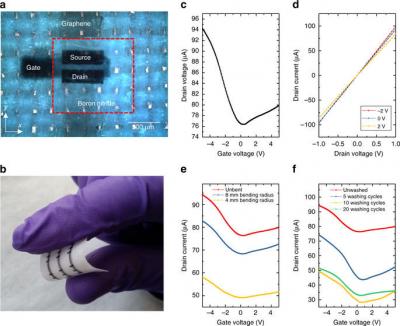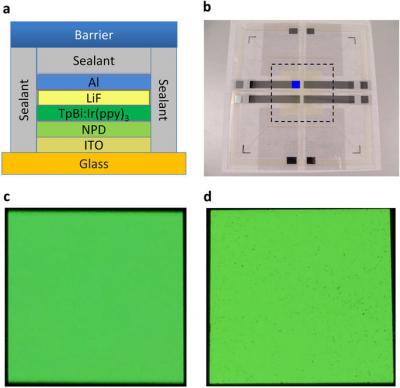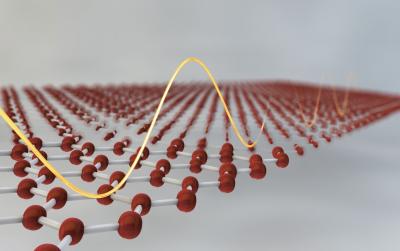Two interesting projects focused on coating single-layer graphene with metal-oxide nanolayers were presented at the latest Thin Films and Coating Technologies for Science and Industry event in the UK. Researchers from Cranfield University, UK, together with collaborators from University of Cambridge and the Centre for Process Innovation (CPI), applied alumina to form a composite barrier layer, while a team from Imperial College London, UK, used the unique properties of strontium titanate to fabricate a tuneable capacitor.
The researchers of the first project explained that in theory, graphene should represent an ideal ultrathin barrier layer, as the pores between carbon atoms are smaller even than the radius of a helium atom. In practice, however, crystal boundaries and missing atoms allow vapor to permeate through the material, and the weak van der Waals bonds between planes mean that even stacks of multiple graphene layers can be penetrated. The solution reported by the team is to take a graphene monolayer formed by CVD, and to then use atomic layer deposition (ALD) to coat it with a 2550 nm thick layer of alumina. Achieving conformal coatings on single-layer graphene is known to be difficult due to the material’s strong hydrophobicity.
 Australian advanced materials technology company, Talga Resources, recently announced positive initial test results from the development of its graphene silicon lithium-ion anode in the UK.
Australian advanced materials technology company, Talga Resources, recently announced positive initial test results from the development of its graphene silicon lithium-ion anode in the UK.



